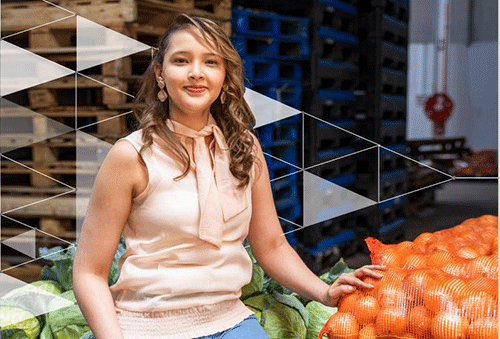Economic challenges caused by the Covid-19 pandemic had significant impacts on the agricultural sector and particularly on fresh producers in Namibia.
Despite that, the formalisation of the Namibian agronomic regulations brought steep learnings for the industry, which were in general received very well.
The market has seen an increase of fresh produce traders, which brought stiff competition to O&L Fresh Produce (OLFP).
However, the consumer demand towards fresher and more healthier food supply has created the needed market.
“Similarly, an increased appetite was experienced by small to medium size local producers which supports OLFP’s vision of growing local production, food security and sustainability,” said Elizabeth-Ann Louw, an accountant at the group in the integrated 2021 annual report.
Their farm, Otavifontein was in operation for the full year and the distribution centres were in operation from 1 January 2021.
According to Louw, the company recorded revenue of over N$54 million from N$11 106 million in 2020. There was also a massive increase in people employed at the farm, recording 56 in 2021 from 10 in 2020.
In highlighting focus areas for 2022, she said the primary focus area would be to embed financial governance in the business coupled with consistent and reliable reporting.
“Secondly, the O&L culture will receive high attention to fully integrate the employees after six months in the business. Lastly, growing our local farmers which is in line with our vision to stimulate local growth including exciting developments on Otavifontein will enable us to create the benefits or growth in fresh produce supplies for our customers,” explained Louw.
She added the future outlook is prior built on three core objectives, which are to foster food security in the country, grow the local agriculture sector, and nurture sustainable food production systems.
“The biggest risk for the business was the inconsistency and strong seasonality in local supplies which was aggravated by the unexpected heavy rains from the previous rainy season. This risk was further increased due to the Covid-19 related challenges for imports which very often caused delays in supplies for the retail space,” added Louw.
She further said sporadic pricing models and market applications by the traders caused market disruptions which negatively influence margins and price competitiveness.
She noted the biggest opportunity lies in the value from an increase in local supply of fresh produce not only for the business but also for the country as a whole.


